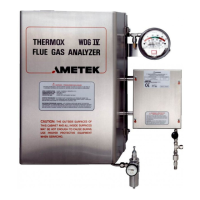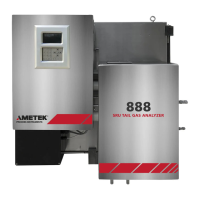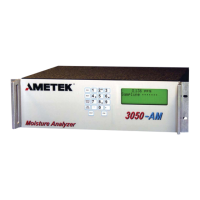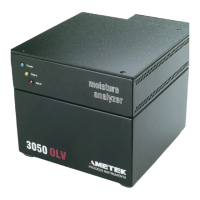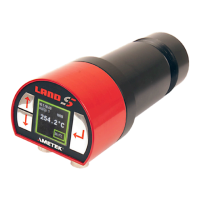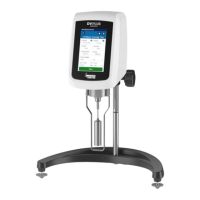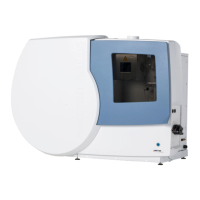PN 903-8797, Rev A
Flush and rinse these components with Isopropanol and then allow them
to air-dry thoroughly.
To quicken the drying process, apply a continuous ow of dry pres-
surized gas (e.g., air, nitrogen, carbon dioxide, or helium) through the
ame arrestors. This will force out any remaining Isopropanol in the
ame arrestors and thoroughly dry the components.
8. Insert the original o-ring, if not damaged (or the new o-ring, Part
No. 300-4511), by using your thumbs to push it into the o-ring groove until it
is completely seated in the groove.
9. Ensure the joining surfaces of the Sample Cell and Opto-Ring assemblies
are clean. Clean them with a cotton swab or soft cloth soaked in Isopropa-
nol if necessary.
10. Replace the Measuring Cell. To do this, push the Sample Cell straight up
into the Opto-Ring Assembly, rotating it if necessary.
The tolerances between the two parts are very ne. Take care to avoid
binding them together, which can damage the o-ring.
When the Sample Cell assembly is fully seated in the Opto-Ring Assembly,
rotate the Sample Cell so that the Sample inlet tting (o-centre) is clos-
est to the front of the analyzer (i.e., it will be the furthest away from the
backpan when the Measuring Cell Assembly is secured to the Electronics
Enclosure).
Replace the eight (8) M6 X 20 screws that secure the Sample Cell to the
Opto-Ring Assembly. Using a torque screwdriver, tighten the screws in
a cross-pattern. The torque specication is 4.0 Nm, ±0.7 Nm (36 in.-lb,
±9 in.-lb).
The Cooler Housing-to-Seal (on the Electronics Enclosure) and Heat-
sink Mounting Sleeve are amepath areas. Take special care to avoid
scratching, indenting, or otherwise damaging these joining surfaces.
Carefully clean these areas with a cotton swab or soft, non-abrasive
cloth soaked in Isopropanol and allow them to dry thoroughly before
reassembly.
4-20 | 241CE II Hydrocarbon Dewpoint Analyzer

